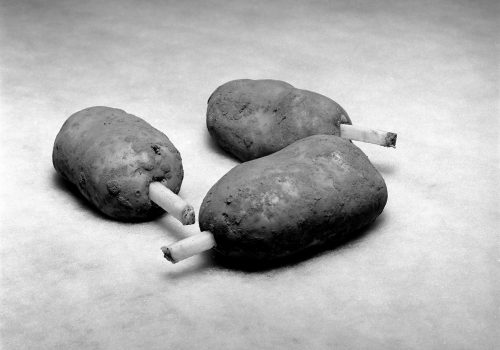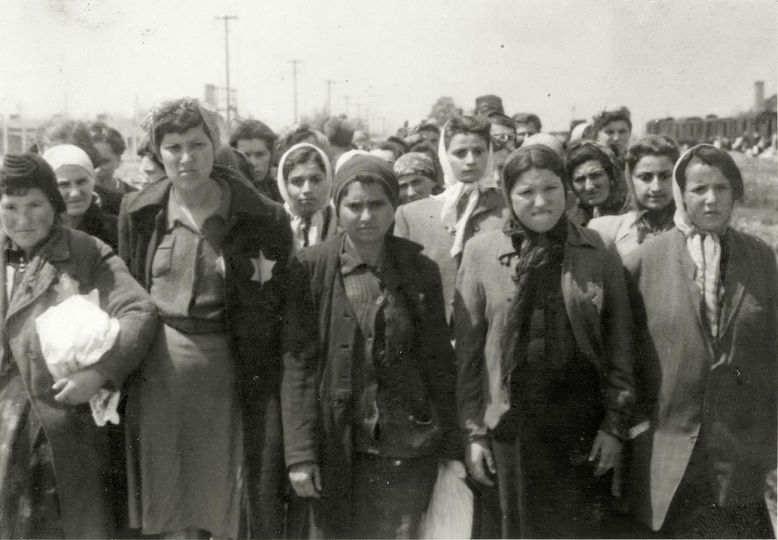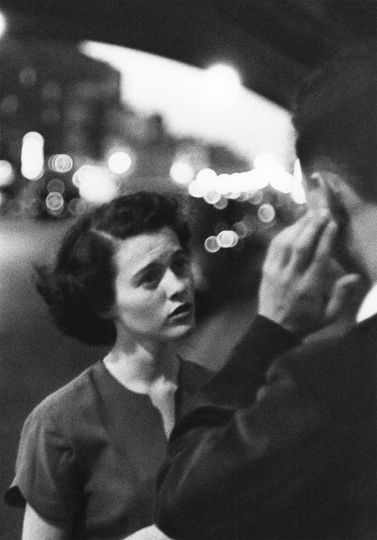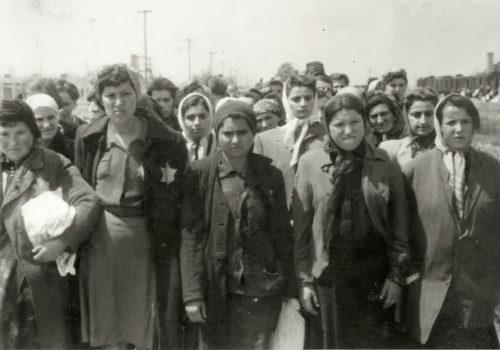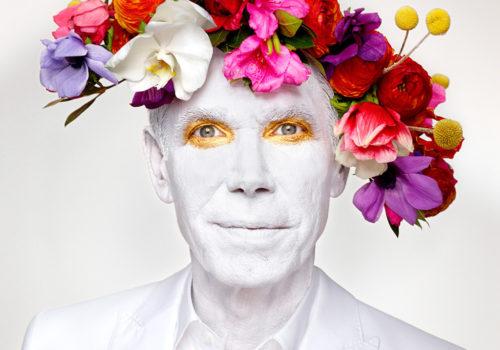Invited to Béthune by the LaBanque art center, the British photographer Brian Griffin covered the fronts of the First World War. Searching for memories, and traces, his imagination was confronted to the flat plains and potato fields of the Artois region. He portrays the area with tenderness, capturing its gentle colors and piecing together its history.
Commemorations give sometimes rise to astonishing missions. Among the plethora of works produced to help perpetuate memory, we occasionally encounter some that depart from the usual heavy-handed approach. Brian Griffin’s oeuvre belongs to this category. It stands out by its sense of humor and offers quirky scenes and still lifes that discreetly dialog with History.
Although Béthune was one of the nerve centers of the Great War, the pits and trenches have long been filled in. Between harvests, farmers sometimes come across human bones. Farming has covered up History, and potatoes grow on the sites of slaughter. Mc Cain’s biggest European food company is based here.
There is nothing to see any longer but everything is left to the imagination. The present covers the past. The demands of the industry, of reconstruction, of daily life have erased the scars of war. Rather than show these transformations, Griffin plays with frozen, entrenched memories and composes wild, ingenious scenes. Fiction rules. Griffin’s work does not indulge in the documentary; instead, it uses the imagination to construct playful visions bordering on the supernatural. His work can be funny. His stories leave the viewer puzzled. The doors fly open, the imagination rushes in.
In furrowed fields workers play war without bloodshed. The same workers are immobilized in mid-task. The images underscore the inoffensive character of their sterile environment. A still life examines the look of horror, an eye enclosed in a slab of gelatin. A soldier contemplates his own image and summons Mars without Venus. Under the photographer’s gaze, a plain potato becomes charged with supernatural essence.
Griffin’s work plunges Béthune, its surroundings, and its residents into a timeless presence. The town seems to stand still in immemorial tableaus. One can guess at activity, such as factory work, the daily rhythms, the presence of the soil. But the power of the imagination takes hold of the reality, twists it, and tips it over into bold storytelling. While memory lends itself to gravity, distance may also be a source of amusement.
The exhibition, organized by Valentine Umansky, also gives an overview of Brian Griffin’s oeuvre. This opening portion of the show reminds us how inventive and gifted the photographer is. A great friend of Martin Parr, he was among the first, alongside the Japanese Provoke movement, to think of the photobook as a work of art in its own right. He photographed the working classes of northern England before his dark, offbeat, ironic world came to furnish snappy images for vinyl covers and video clips of British rock groups.
Griffin’s work deserves more than a cursory treatment. LaBanque gives us a carefully curated fragmentary vision of his oeuvre. Valentine Umansky has made an effort to emphasize Brian Griffin’s measured impertinence. Over time, the irony of his gaze has become charming wisdom.
Arthur Dayras
Brian Griffin, Between Here and Nowhere
March 17 to July 15, 2018
LaBanque
44 place George Clémenceau
64200 Béthune
France

